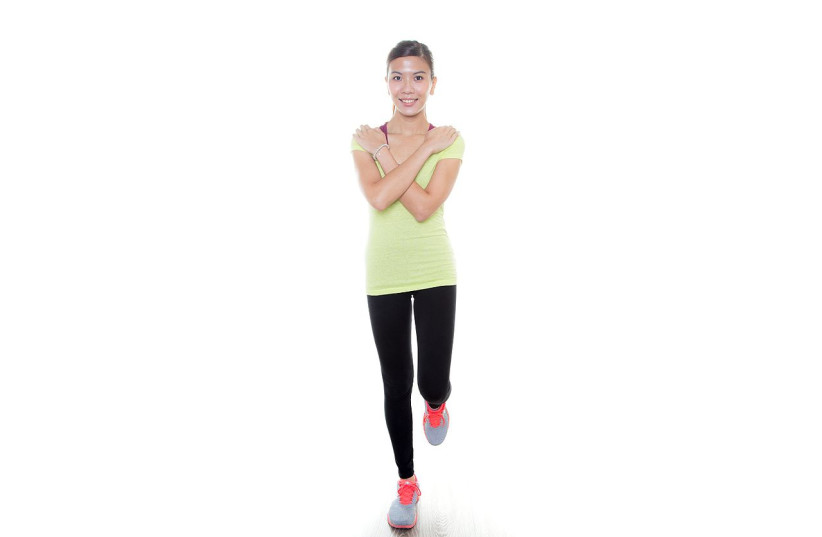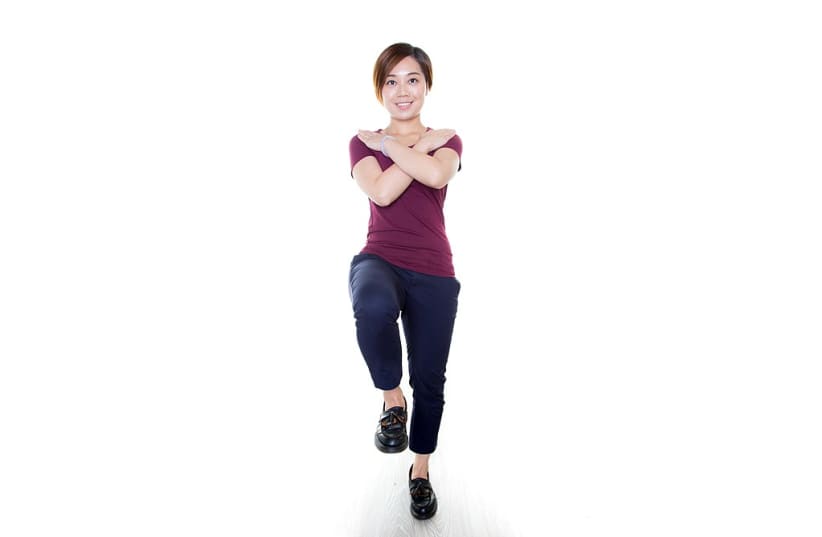For years, experts have linked aerobic exercise to our health. However, they seem to put less emphasis on non-aerobic fitness which includes flexibility, general strength, muscle tone and balance. New research shows that we may have missed something important because of this.
A study published in British Journal of Sports Medicine finds that people who can’t stand on one leg for 10 seconds from the age of 50 and up double the chance of dying in the next ten years.
The study used participants in a follow-up/evaluation study of physical fitness of CLINIMEX, originally established in 1994, to assess the relationship between different measures of physical fitness and other risk factors. In their paper, researchers evaluated and examined a group of 1702 participants between 2009 and 2020.
During the tests, participants were asked to stand on one leg for 10 seconds without any additional support. Researchers even made this test difficult, and the group placed the front of their free foot on the back of the lower foot, with the hands to the sides, looking straight forward. Each participant had three attempts at this procedure.

The results were amazing
Overall, one in five participants failed a one-legged standing test which was an age correlation to failure. The inability to stand on one leg for 10 seconds appears to have doubled at five-year intervals from age 51-55 onwards.
Investigators continued to follow participants for an average of seven years and found that 7% (123) of the group died. Of those deaths, 32% were caused by cancer, 30% by cardiovascular disease, 9% by respiratory disease and 7% from COVID-19 complications.
The death rate among those who failed was much higher: 17.5% compared to 4.5%. Taking into account age, sex and health conditions, researchers determined that those who couldn’t complete the 10-second test were 84% more likely to die from any cause in the next decade.
Is this test good at predicting the risk of death?
Those who failed the test appeared to be in poorer health: Type 2 diabetes was three times more common in the failed than in the successful group, and these participants had a higher rate of obesity, high blood pressure, unhealthy fat profiles and heart disease.
Dr. Claudio Gil Arauho, lead author of the study, told the IFLScience site, "I think poor non-aerobic fitness, which is usually but not always related to a sedentary lifestyle, is the background for a poor quality of life, along with less exercise, etc. The bottom line is poor physical fitness. In addition, of course, poor balance is associated with falling. Older people who fall are at very high risk for large fractures and other related complications.”
Araujo added that this may also play a role in the high mortality rate.
"I suggest people aged 51-75 go for a health check, regardless of their clinical condition and any reason," Araujo told IFLScience. "The 10-second test should be included at the beginning of the consultation, along with height, weight and blood pressure measurements.”
"The 10-second test should be included at the beginning of the consultation, along with height, weight and blood pressure measurements.”
Dr. Claudio Gil Arauho
He added that as a practical message, if you’re under 70, you’re likely to successfully complete the test. For those over 70, if you finish it, you’re in a better condition than your peers.
